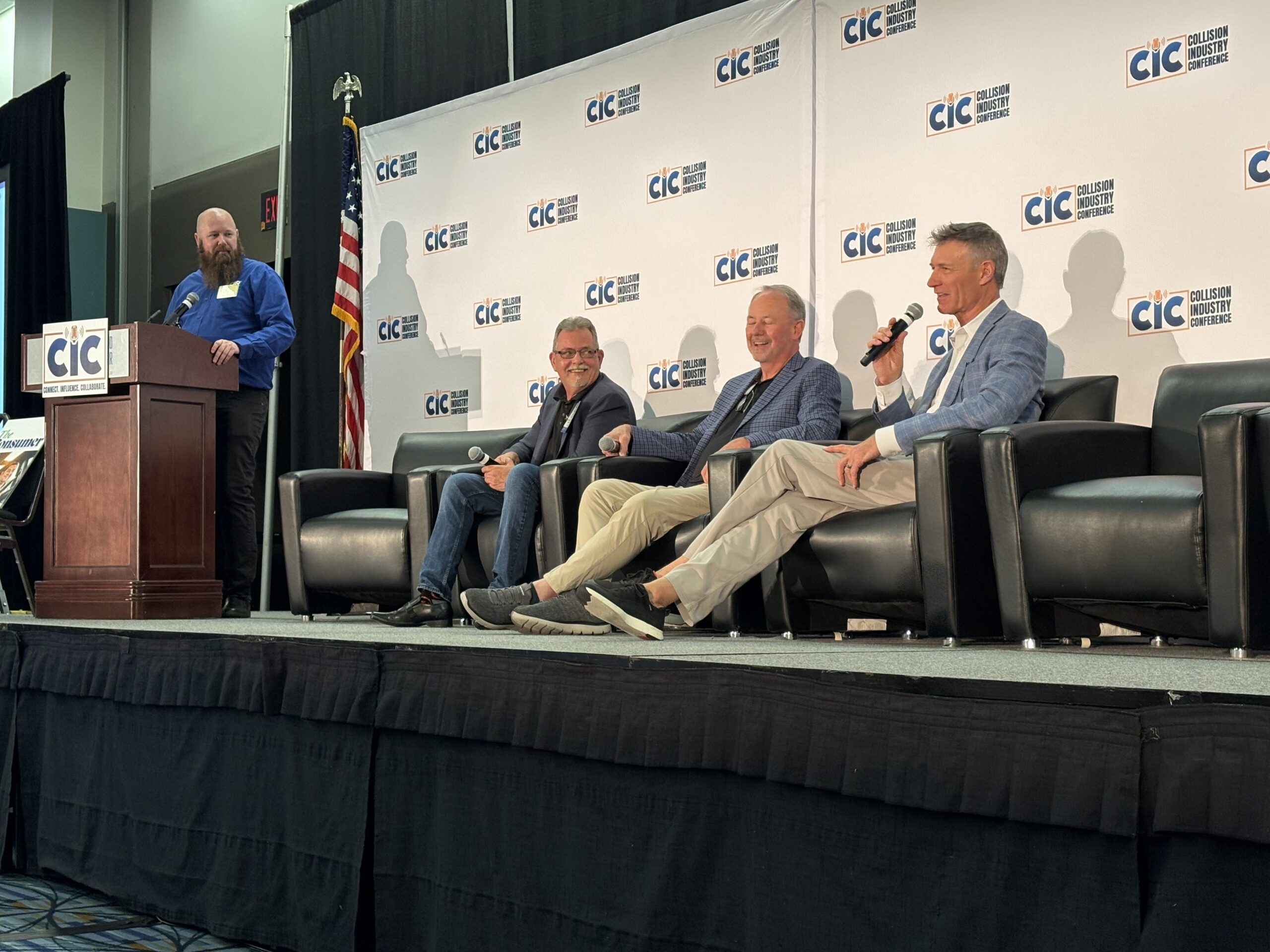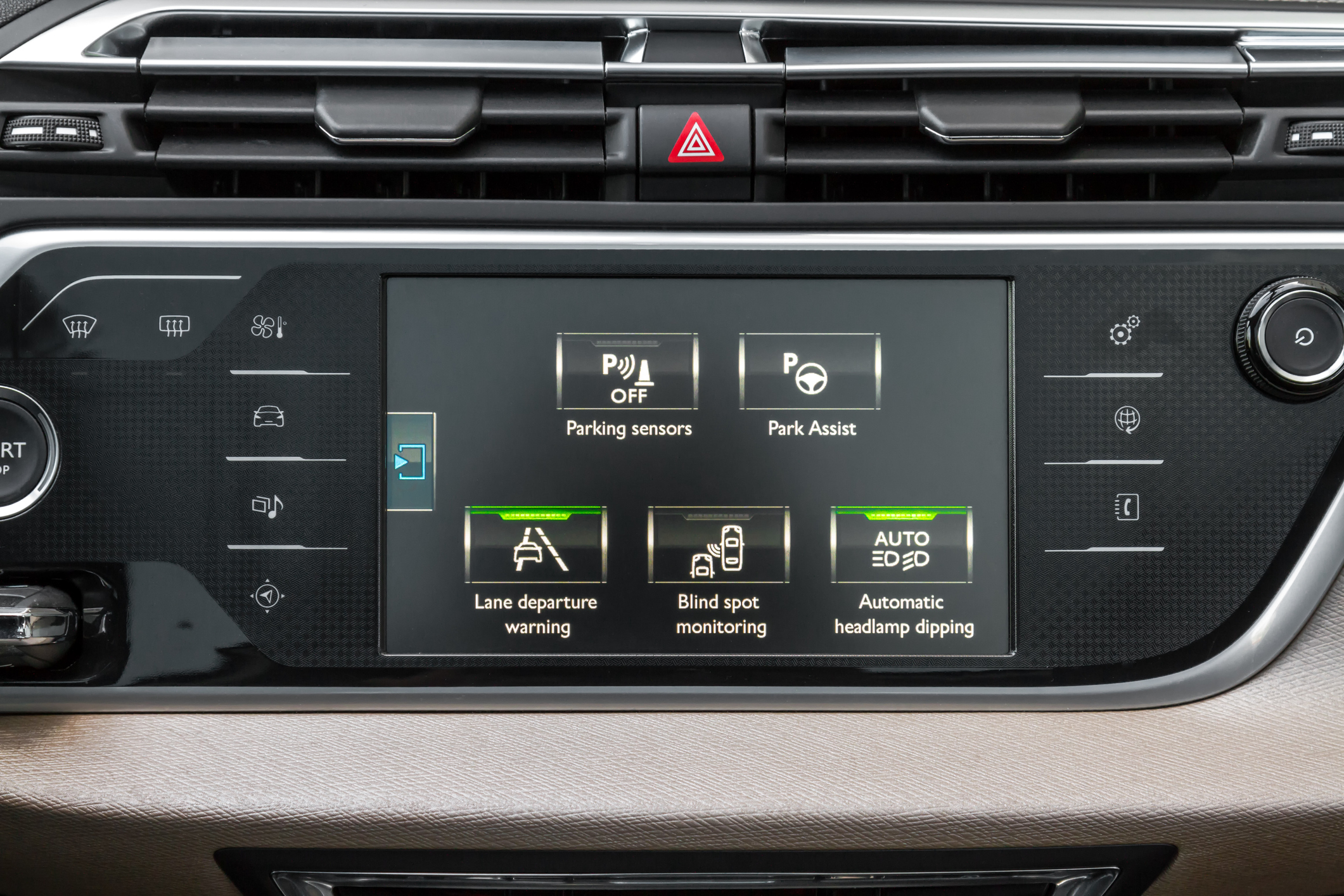CIC Panel Addresses Scanning and Calibration Myths

According to an Emerging Technologies Committee panel at a Collision Industry Conference (CIC) meeting in Richmond, Virginia, a major calibration myth is that finding all necessary calibrations for vehicle repair is simple. CIC Chairman Dan Risley noted that research indicates 90% of direct repair program (DRP) claims involve at least one calibration scan, but only 30% result in an actual calibration.
Scott VanHulle from I-CAR emphasized that relying on "easy buttons" can be misleading, as technicians might skip calibrations if these tools don't explicitly indicate their necessity. He stressed the importance of thoroughness in ADAS and safety inspections, cautioning against rushing and overlooking critical steps. He mentioned that 41% of the CIC audience relies solely on OEM service information to identify calibrations, which puts them ahead of the curve, but industry-wide education is still needed to address the pitfalls of relying on quick fixes and the information lag associated with them.
VanHulle also pointed out that using build data as a reliable source is another misconception, as it varies significantly across OEMs. Chris Chesney from Repairify highlighted that vehicles produced during or shortly after the COVID-19 pandemic exemplify the inaccuracy of build data, citing instances where vehicles were shipped without modules due to shortages, and these modules might not have been reinstalled.
Greg Peeters, CEO of Car ADAS Solutions, suggested that software can aid in identifying calibrations during the estimating process. However, he clarified that these tools are not perfect and should be viewed as estimating guides rather than repair tools. He emphasized that without such tools, the low calibration rate of 30% in repaired vehicles is understandable, and calibration identification should not be a last-minute consideration.
Chesney noted that while existing systems are generally effective at identifying most vehicles, the small percentage they miss can cause issues. asTech’s adasThink service department promptly addresses any system-related concerns to facilitate timely estimate updates and calibration performance. He further stressed the importance of road testing vehicles post-calibration, similar to the necessity of test drives after mechanical repairs like brake pad replacements.
Peeters explained that calibration identification software serves two main purposes: identifying safety systems and sensors on a vehicle and reviewing estimates for any disruptions to the physical location of those sensors. This includes whether a sensor was moved, removed, or impacted, and then cross-referencing the manufacturer's procedures. He stated that while these "easy buttons" provide a helpful initial assessment, human verification is essential for accurate repairs.
Chuck Olsen from AirPro Diagnostics added that diagnostic tools are valuable aids and reminders for necessary procedures. However, validation is crucial to justify the required services to both customers and bill payers through visual inspections. He expressed optimism that rising confidence in these tools will reduce future debates.
Peeters mentioned that approximately seven software options are currently available, each continuously improving. Chesney noted that AI is enhancing these tools by processing and normalizing vast amounts of data generated during vehicle work and calibrations, leading to more reliable reports.
DEG Administrator Danny Gredinberg raised questions about P-pages listing published times for aiming distance sensors and the need to clarify the terminology between aiming and calibration. He also questioned whether shops should itemize all operations not included in aiming procedures, like verifying weight, ground levelness, and surrounding distance, or if these should be standard practice.
Chesney clarified that "aiming" is frequently mentioned during forward-facing camera calibrations and that certain sensors require additional physical aiming steps, which may include access time. Peeters highlighted that misuse of terms like "aim" versus "calibration" or "sensors" versus "modules" can cause significant confusion. He concluded that specific sensors on specific cars may require extra labor operations before calibration.










